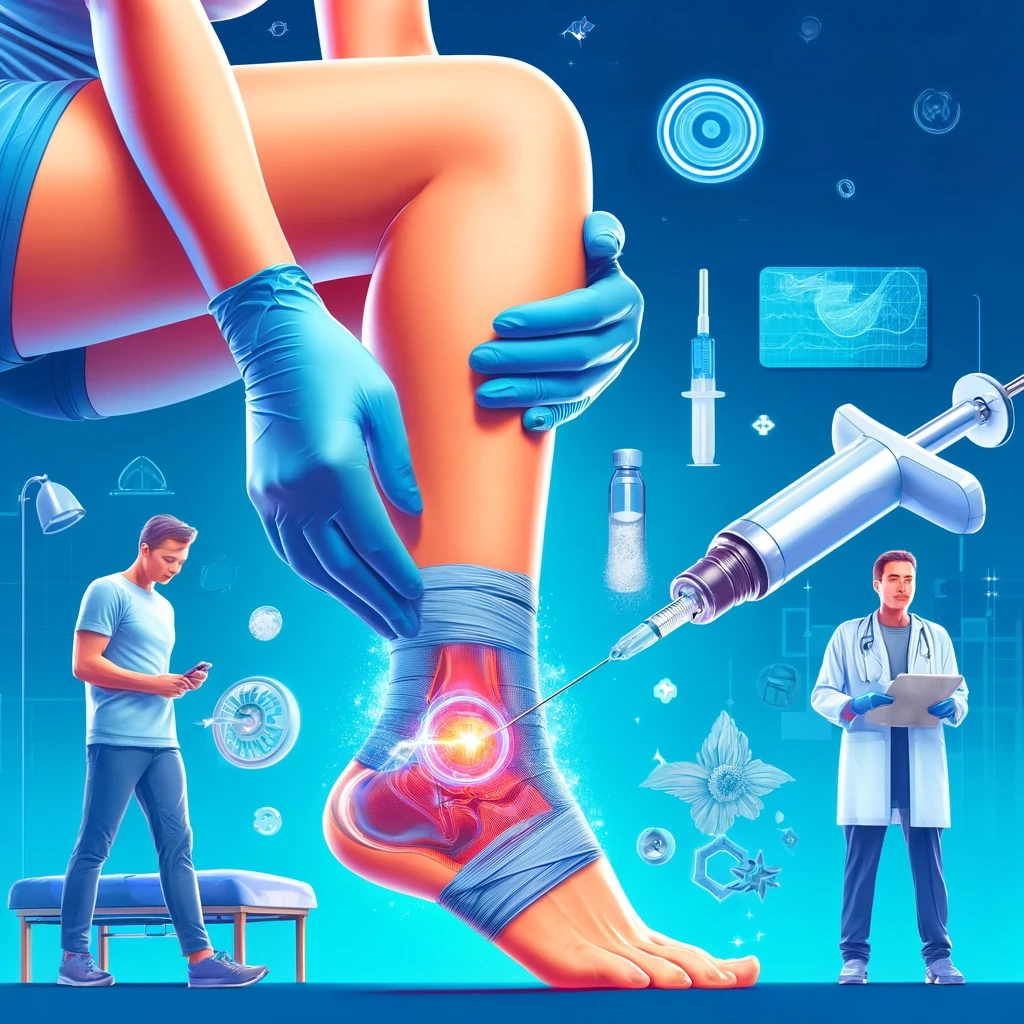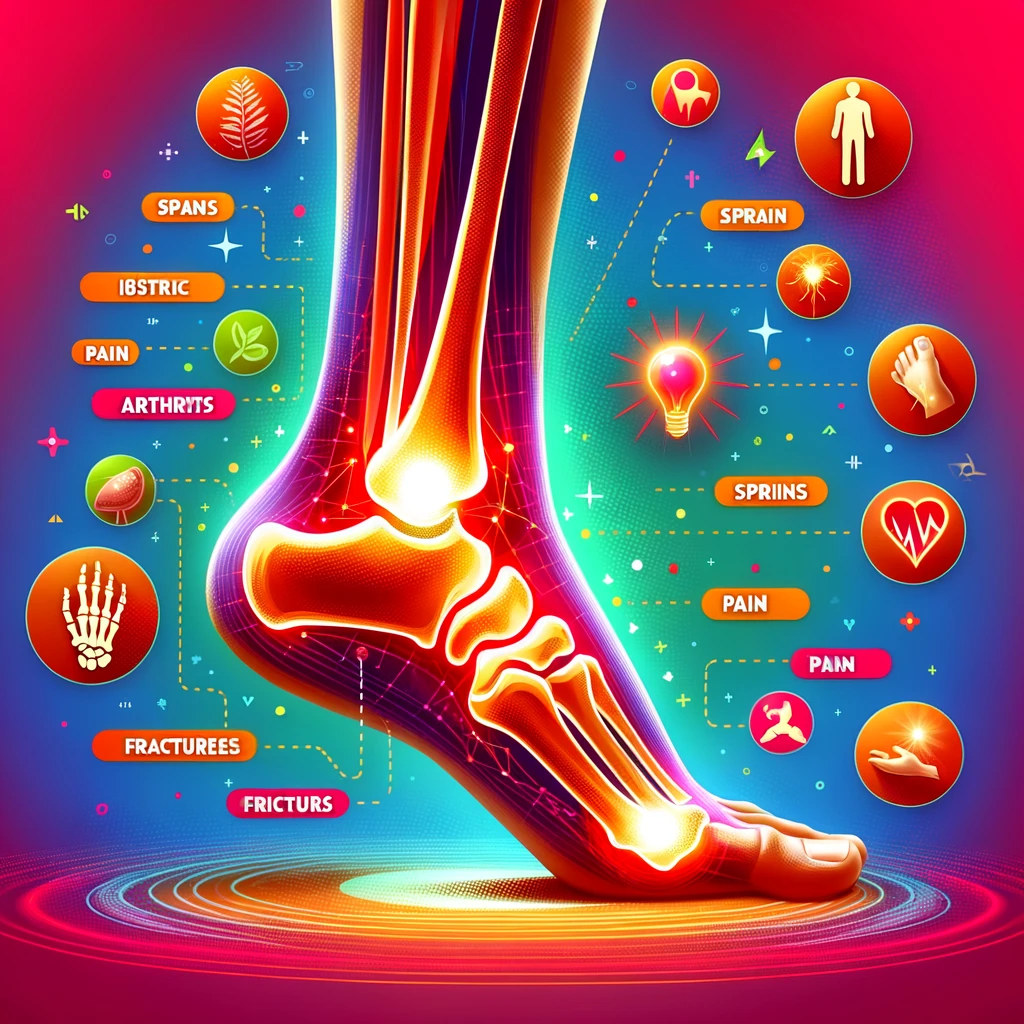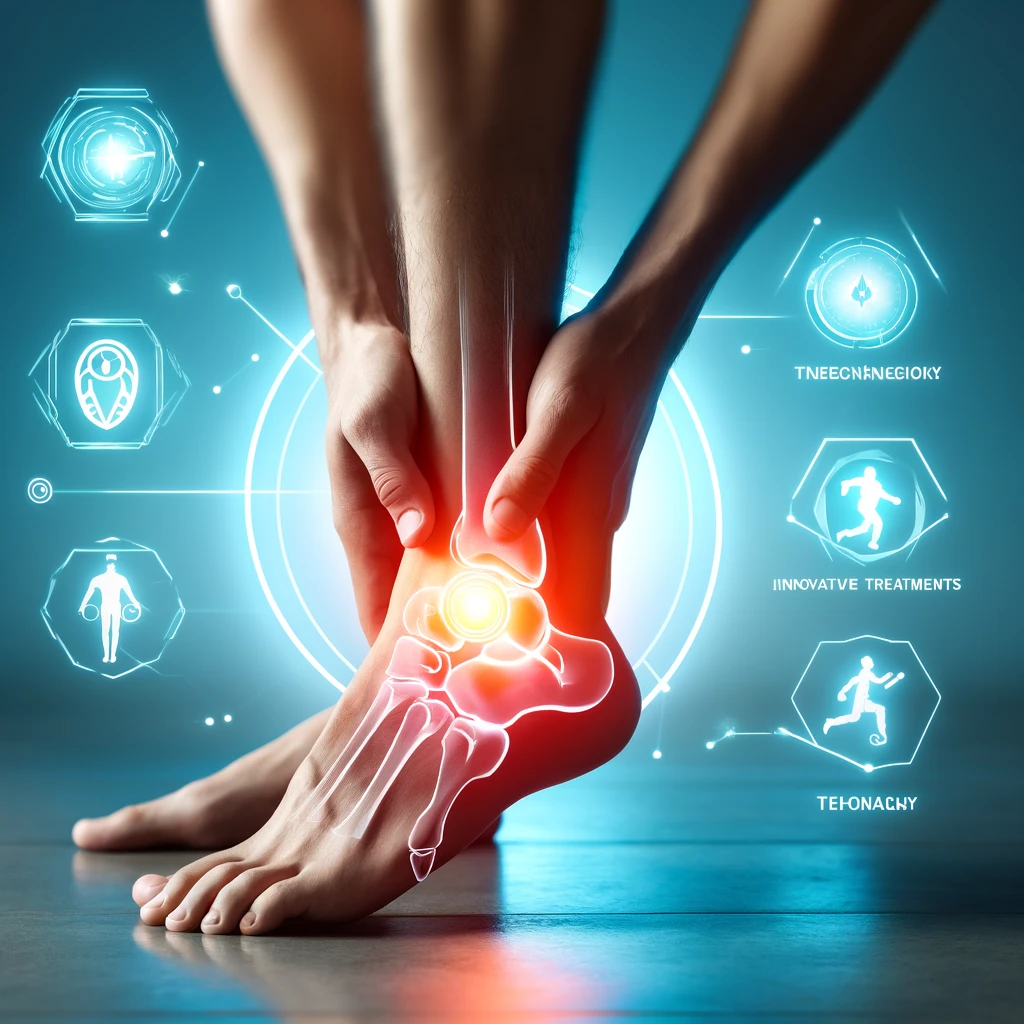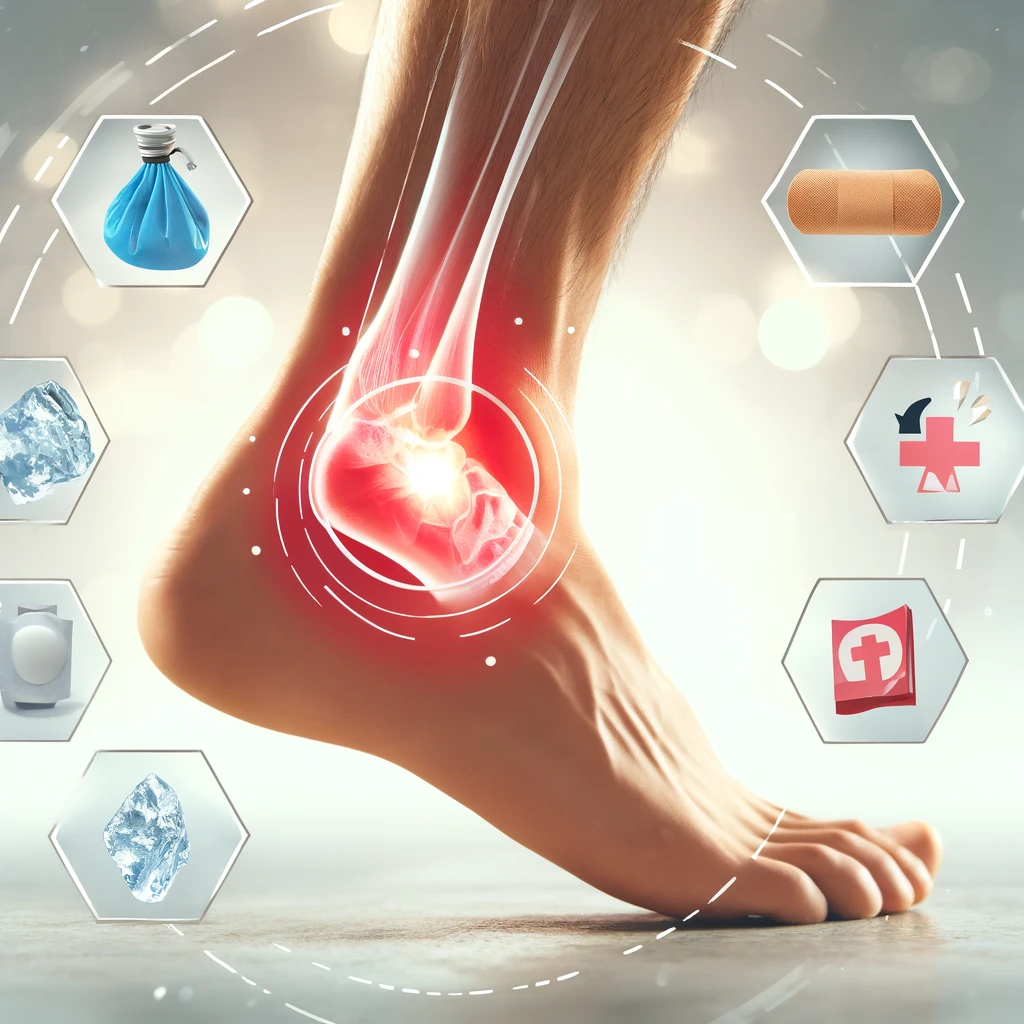
Table of Contents
Ankle pain is not just a discomfort; it can be a significant obstacle in your daily life, affecting everything from walking to sleeping. Traditional treatments like painkillers and physiotherapy have their place, but innovative approaches are making headway, offering new hope to those suffering. Here, we explore five revolutionary ankle pain treatments that might be off your radar.
Understanding Ankle Pain
Ankle pain can stem from various causes such as injuries, arthritis or even wear and tear over time. Recognizing the symptoms and understanding the underlying causes is crucial before seeking treatment.
Traditional Treatments for Ankle Pain
Common treatments include rest, ice, compression, elevation (RICE), medication, and in some cases, surgery. However, these methods don’t always address the root of the problem or provide long-term relief.
Revolutionary Treatment #1: Platelet-Rich Plasma (PRP) Injections
PRP therapy involves injecting a concentration of your own platelets into the affected area to promote healing of injured tissues. This treatment is gaining popularity due to its effectiveness in treating chronic ankle pain without the need for invasive surgery.
Revolutionary Treatment #2: Prolotherapy
Prolotherapy is an injection-based treatment used to treat chronic ligament and tendon problems. It stimulates the body’s healing processes to strengthen weak or injured joint areas. It’s particularly effective for stabilizing the ankle and reducing pain from joint laxity.
Revolutionary Treatment #3: Stem Cell Therapy
Stem cell injections involve using your body’s own regenerative capabilities to heal damaged tissues. This can be particularly effective for degenerative conditions like osteoarthritis of the ankle, providing pain relief and improved functionality.
Revolutionary Treatment #4: Cryotherapy
Cryotherapy involves exposing the body to extremely cold temperatures for a short period. It helps reduce inflammation and pain and is often used by athletes to treat injuries and speed up recovery.
Revolutionary Treatment #5: Laser Therapy
Laser therapy uses light emissions to treat pain and inflammation. It can penetrate deep into the tissue to reduce inflammation, promote blood flow, and aid in the healing process, offering a non-invasive alternative to traditional pain management strategies.
Comparing New Treatments with Traditional Approaches
These innovative treatments often offer faster relief and focus on healing the underlying causes of pain rather than just managing symptoms. They can be used in conjunction with traditional methods to enhance effectiveness.
Patient Case Studies
Real-life success stories from patients who have tried these treatments can provide insight into their effectiveness and potential as alternatives to conventional methods.
How to Choose the Right Treatment
Choosing the right treatment involves consulting with healthcare professionals, considering the specific cause and severity of your pain, and evaluating your overall health and treatment goals.
What to Expect During Treatment
Understanding what each treatment entails, including potential risks and recovery times, can help set realistic expectations and improve outcomes.
Preventative Measures to Avoid Ankle Pain
Regular exercise, proper footwear, and avoiding excessive strain can help maintain ankle health and prevent injuries.
Future Trends in Ankle Pain Management
Emerging technologies and ongoing research promise to advance these treatments further, potentially offering even more effective solutions for ankle pain.
Conclusion
Exploring revolutionary treatments for ankle pain can provide more comprehensive and long-lasting relief. These treatments, while relatively new, offer promising results for those seeking alternatives to traditional pain management methods.
FAQs
What is the fastest way to relieve ankle pain?
The quickest method for immediate relief is the R.I.C.E. technique (Rest, Ice, Compression, Elevation). For persistent or severe pain, treatments like cryotherapy or laser therapy may offer rapid relief due to their ability to reduce inflammation quickly.
Are these advanced treatments covered by insurance?
Coverage for advanced treatments like PRP injections or stem cell therapy can vary widely between insurance providers. It’s essential to check with your insurance company to understand what treatments are covered under your plan.
How do I know if I am a candidate for these treatments?
To determine if you are a candidate for these advanced treatments, consult with a healthcare provider who specializes in orthopedics or sports medicine. They will evaluate your medical history, current health condition and the severity of your ankle pain to recommend appropriate treatments.
What are the risks associated with these new treatments?
While generally safe, each treatment comes with potential risks. For instance, injections can lead to infection, pain at the injection site, or allergic reactions. It’s important to discuss all potential risks and side effects with your healthcare provider before proceeding.
Can these treatments permanently cure ankle pain?
Some treatments, particularly those addressing underlying causes of pain (like stem cell therapy for arthritis), can offer long-lasting relief and potentially permanent improvement. However, results can vary based on the individual’s condition, the severity of the issue, and adherence to recommended post-treatment care.



